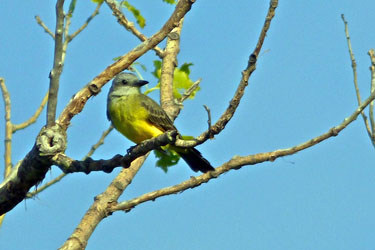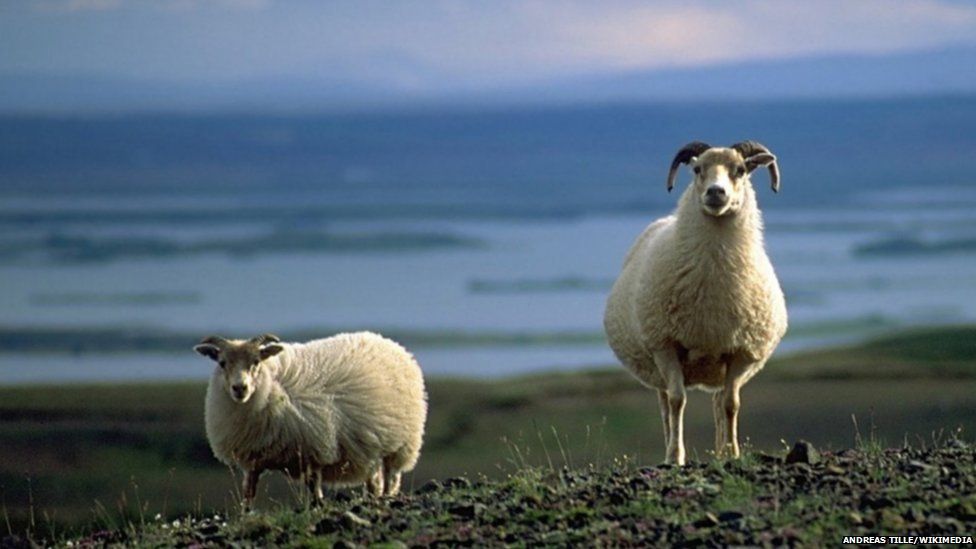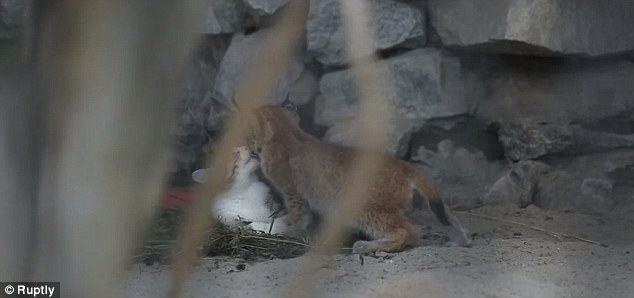
© Ron TaubeTropical kingbird photographed in Murphy-Hanrehan Park in Savage. Likely the first seen in Minnesota.
Recently on the Minnesota Ornithological Union's rare bird alert a tropical kingbird was reported. To my knowledge,
this was the first reporting of this bird in Minnesota's history.It was spotted by a keen observer down in the Murphy-Hanrehan Park, part of the Three Rivers Park district in Savage, Minnesota.
The tropical kingbird is most often seen in Texas, Arizona and in Central and South America. No one really knows what it is doing so far out of its area, but nevertheless, it is here.
After going down to Murphy-Hanrehan once and failing to find the bird my wife, Carolyn, and I went down again a few days later to try again. I read several reports of its sightings, and it seemed that you had your best chance early in the morning or from 6 p.m. on, so we timed our visit to arrive in the evening.
The tropical kingbird is between 8 1/2 and 9 inches long. It has a pale gray head with a darkened mask-like area around its eyes and a gray bill. The back is gray-green and it has a forked tail. The throat is grayish and then beneath that is an olive yellow that turns into yellow on the belly and on down.



Comment: See also these other recent reports of mysterious mass animal deaths in Kazakhstan: Death toll of rare saiga antelope reaches 85,000 in Kazakhstan
More mass animal deaths in Kazakhstan: 70 rare dalmatian pelicans found dead in country's west
Over 1 thousand dead seagulls discovered in Kazakhstan sector of Caspian Sea
If these deaths are being caused by viruses, then perhaps the following extract from the book Earth Changes and the Human-Cosmic Connection (The Secret History of the World) by Pierre Lescaudron, may be of some relevance here: In addition, there's this report to take into possible consideration - Why the U.S. Is Building a High-Tech Bubonic Plague Lab in Kazakhstan?